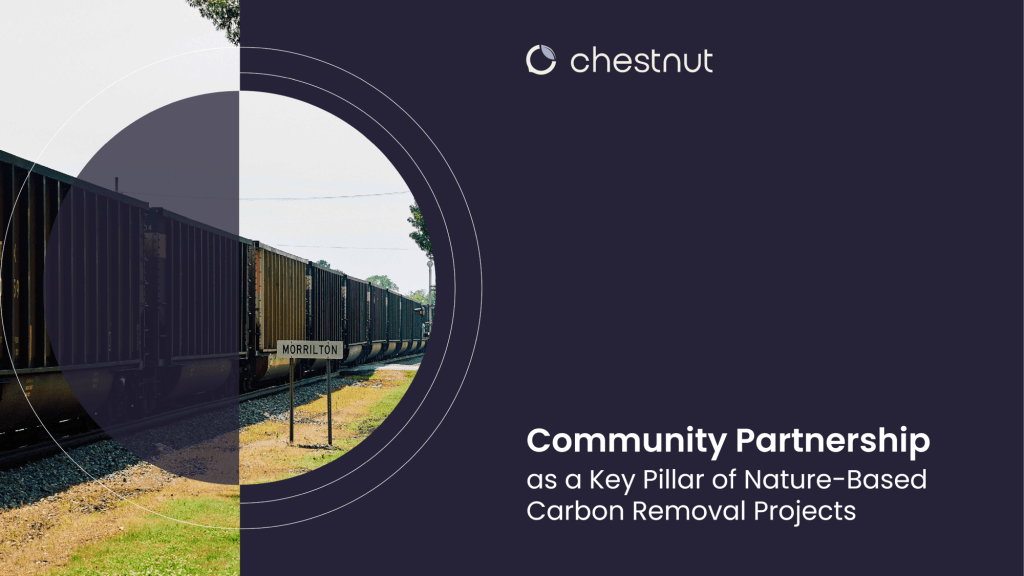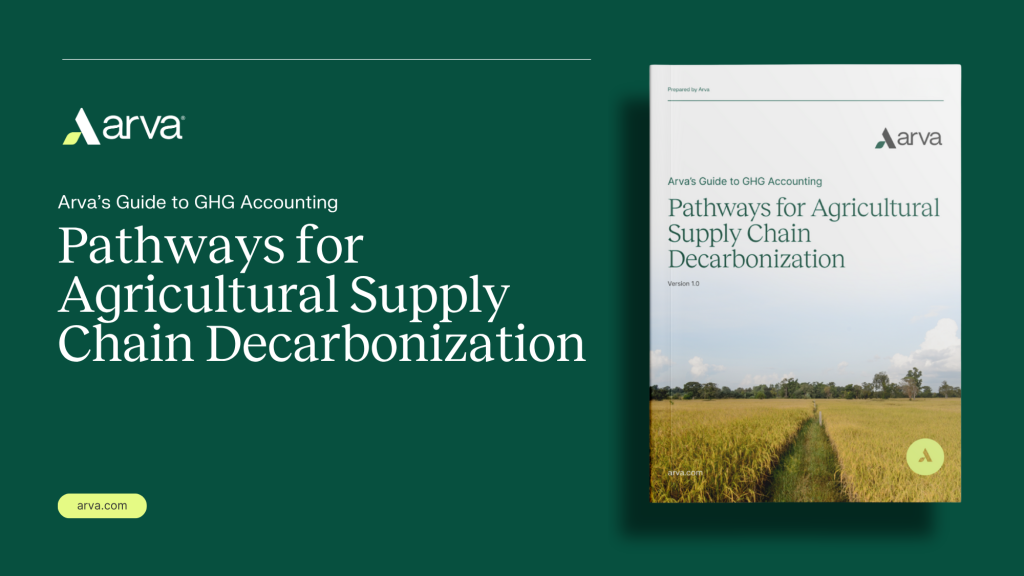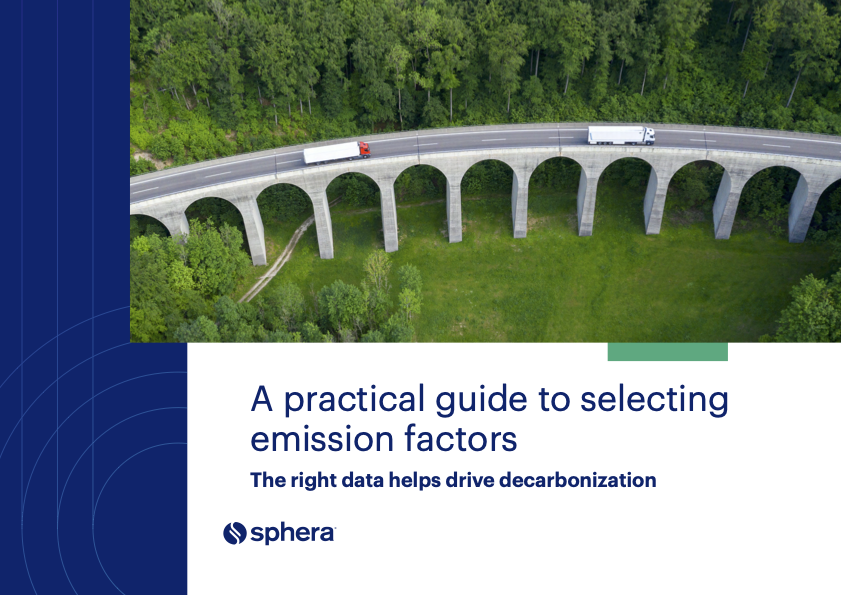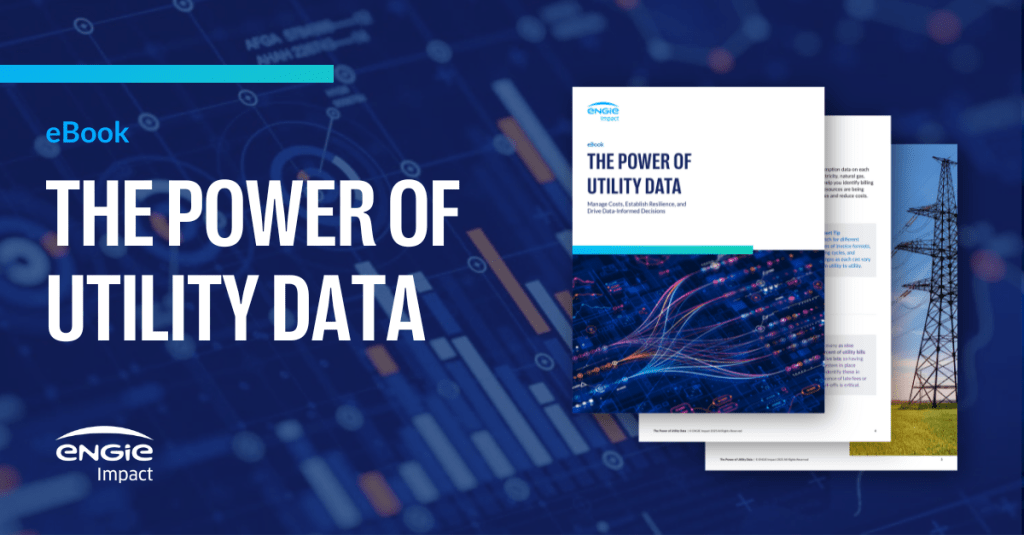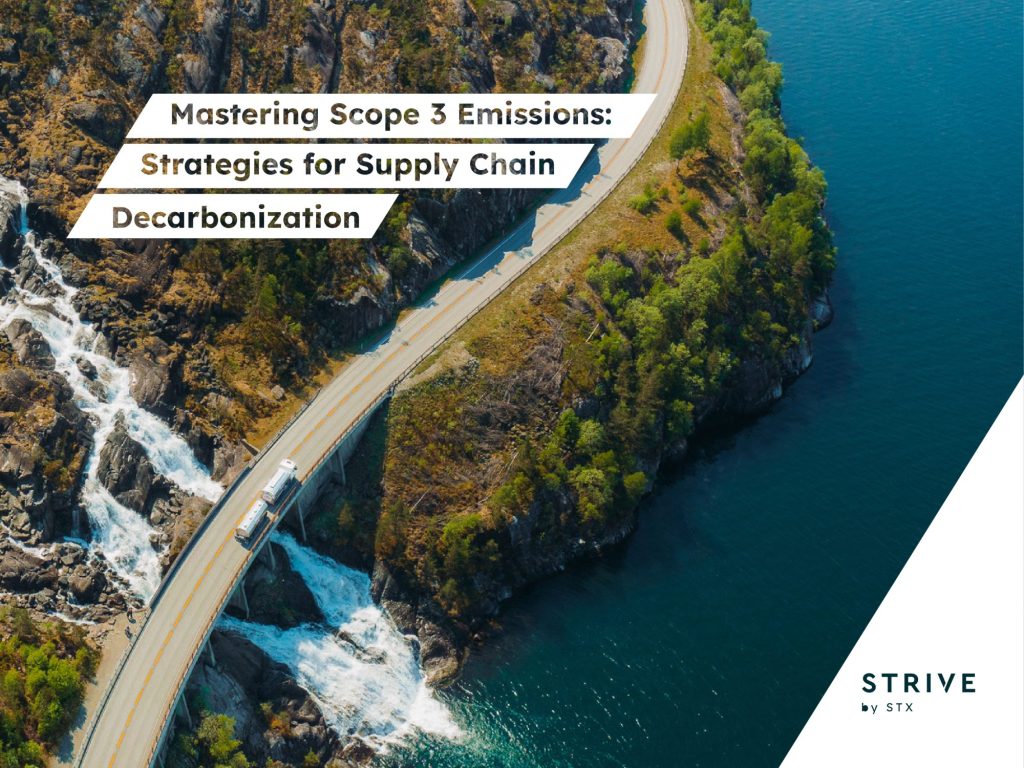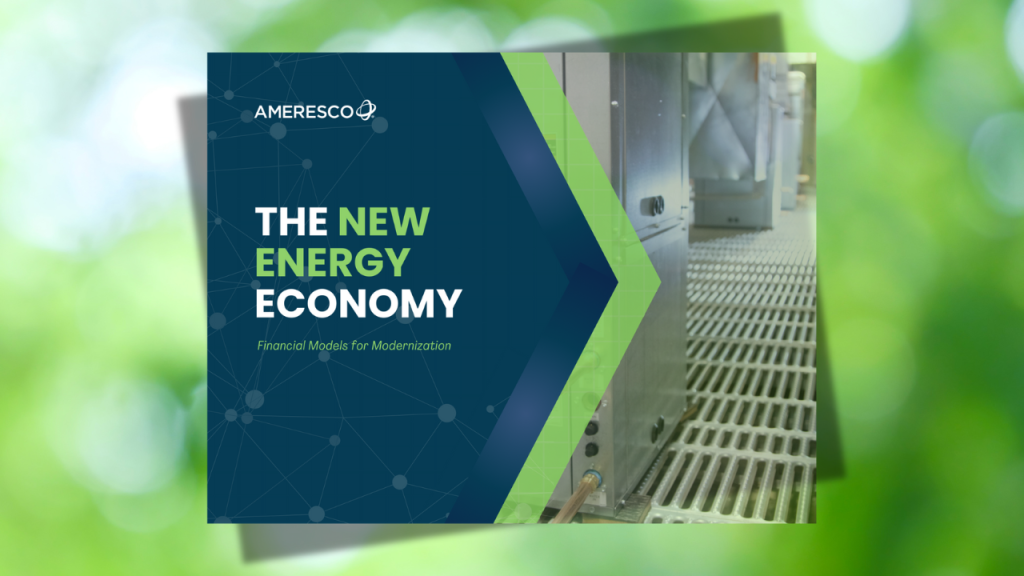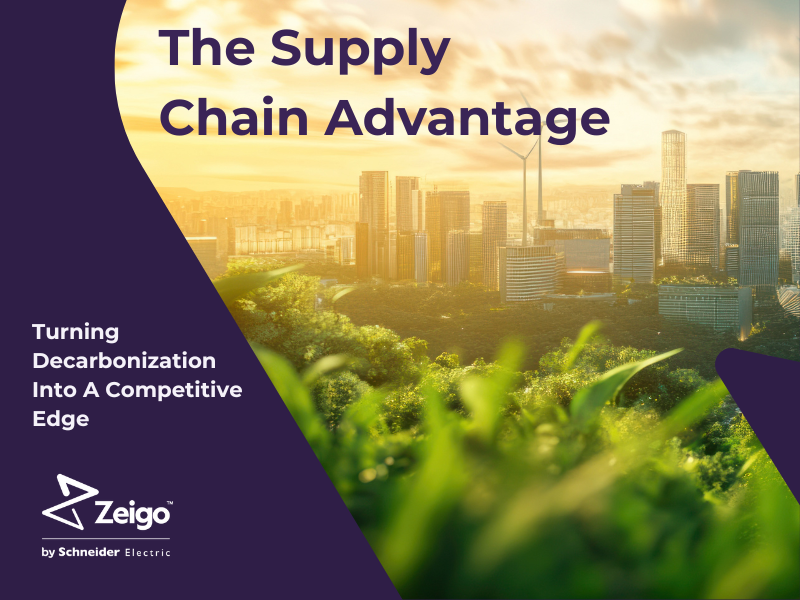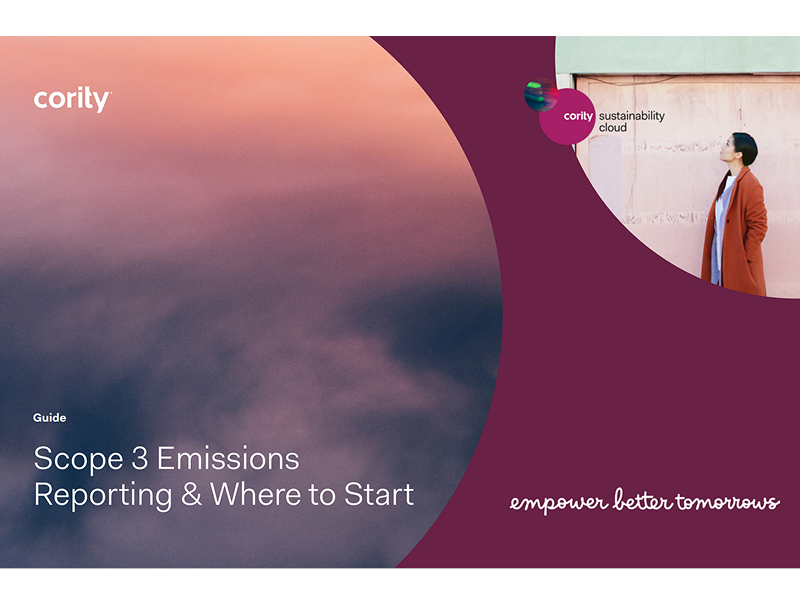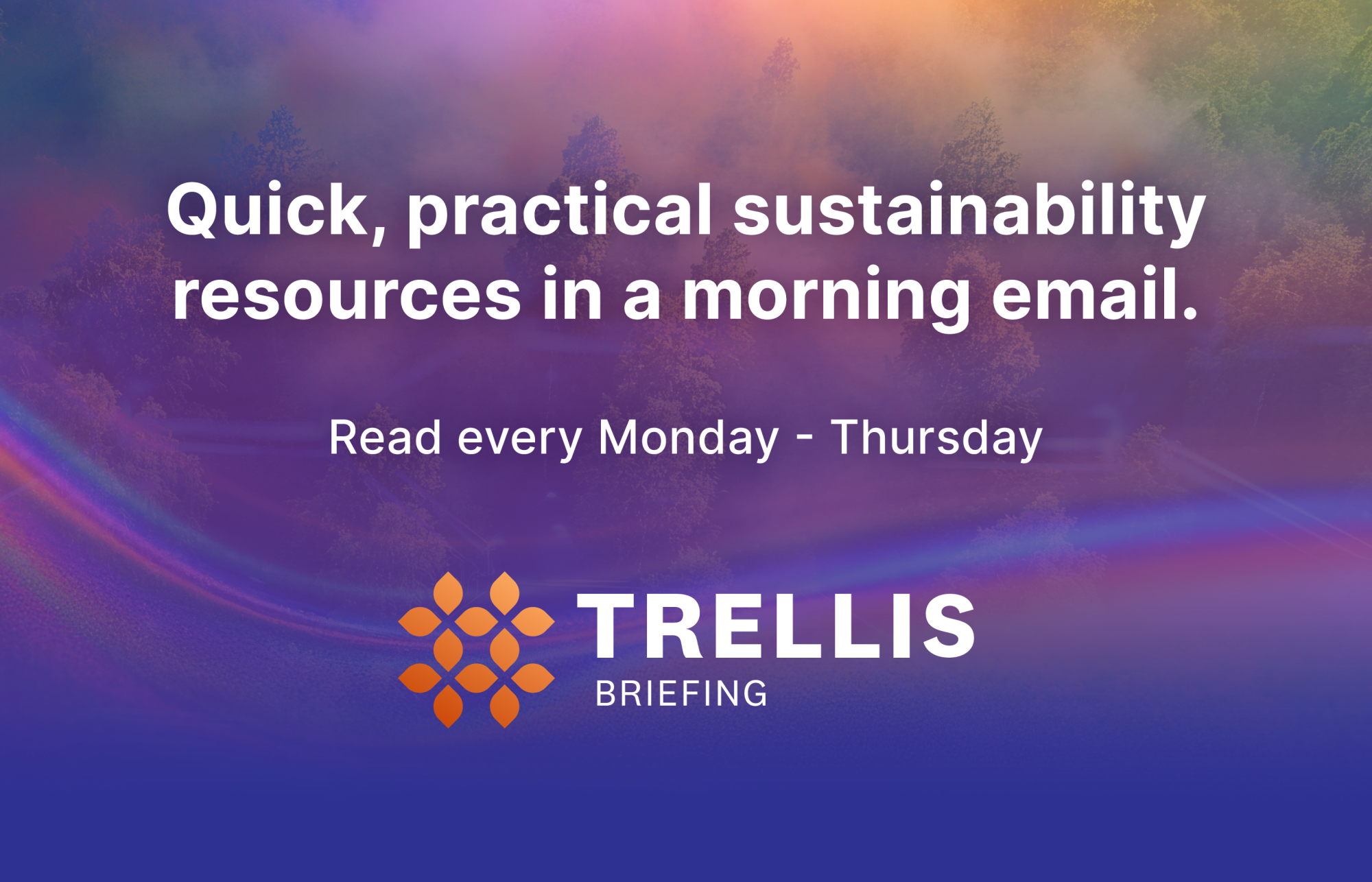UPS’s CSO: 5 lessons for driving change
Adapting business thinking to sustainability helped the shipping and logistics giant deliver sustainability results. Read More
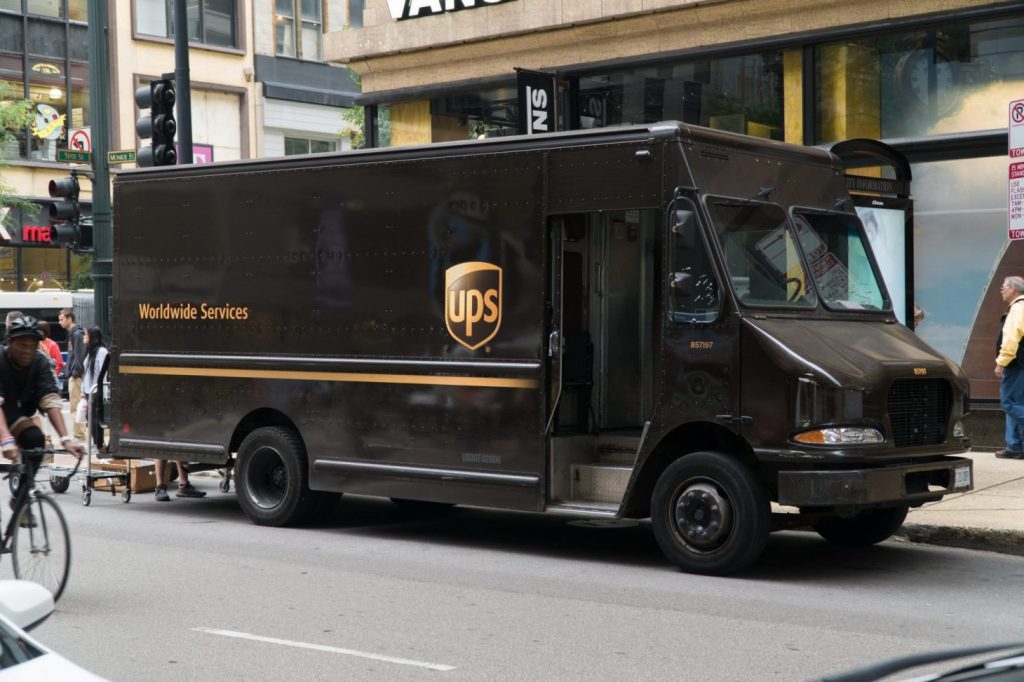
- To drive change, sustainability teams need to use data and get the proper analytics into the hands of the right decision makers.
- UPS balanced tension and resolved tradeoffs by creating a data management system that tracked emissions tied to financial and accounting modeling.
- The system also allowed leaders to craft scenarios to show the impact of changes on emissions and costs.
The opinions expressed here by Trellis expert contributors are their own, not those of Trellis.
Throughout the past few months, we’ve discussed how to set sustainability strategy through an approach we call Sustainability Tension Management, which allows practitioners to adapt and operate fluidly in both the profit and loss culture of business and the policy and impact world of sustainability. But it’s always helpful to see what this strategy looks like in practice and we’ve gotten that opportunity by observing the UPS sustainability team led by chief sustainability officer Scott Childress.
Childress brings a unique profile to the CSO role. An economist by training, he spent most of his UPS career in the finance and accounting department, rising to serve as the CFO for specific business lines. Someone with Scott’s background represents a prime example of a business insider leading the function. Our research has found business insiders often lean towards making modest, incremental moves, while sustainability experts from outside of business frequently push for more ambitious impact.
While it may sound as if insiders’ lower ambition might make them less impactful, their ability to leverage business acumen, internal relationships and navigate corporate bureaucracy provides them with a set of Akido-like capabilities, where force is not met with force but by redirection.
These skills can drive tangible impact for people and profit, as we’ve seen with Childress and his team. Below are five lessons we’ve learned from UPS’ sustainability transformation.
Lesson 1: Use data to drive change
Disclosure and reporting processes, while essential, can make incredibly rich, varied and strategic emissions and energy data start to look and feel static and siloed. Our research finds the most successful sustainability leaders prioritize creating systems and processes that go beyond disclosures and foster the use of data to drive insight and impact for people, planet and profit. To advance this, the UPS Sustainability team moved away from ad hoc data management via Excel and centralized the data collection process, working with tech partners and the IT department to create a solution that fit UPS’s approach to information management.
Childress and his team intuitively understood that sustainability needs to align with the organizational culture and entrepreneurial style of UPS. At its heart, UPS manages logistics with an engineering firm’s approach: laser-focused on data-driven efficiency. “We view validated, high-confidence data as a huge enabler,” he said. That’s because robust data and analytics encourage decision makers to devote resources to improve energy performance and keep the company on track towards its 2050 carbon neutrality commitment.
Lesson 2: Get data in the hands of the right decision makers
Too much sustainability data often remains visible only to a company’s sustainability team. Childress and his team saw that data collection was set up to respond to the requirements of specific government reporting standards. However, it was missing the opportunity to better inform internal operational decision makers.
The UPS team set up their group to serve as the central hub for all sustainability data, which they then translated into actionable, user-friendly, consistently updated formats for teams across the business. To affect decisions and behaviors of decision makers, the data needed to be “bilingual” and speak the language of the business in addition to the language of sustainability reporting standards, rating systems and regulatory requirements. The sustainability team made sure to connect with key internal stakeholders to understand what questions they wanted to answer, how frequently they wanted updates and what kind of analytic functionality would best support them.
Lesson 3: Help decision makers balance tensions and resolve tradeoffs
Childress’ own experience as CFO helped the sustainability team recognize that UPS decision makers wanted a data management system that would allow them to track emissions tied to financial and accounting modeling. While many GHG tracking tools support reporting and disclosure, this functionality was not readily available. “Instead of going to others to look at ROI on invested capital we used our own company models to build a cash flow model to determine how an option for reducing emissions would affect budget expenditures and financial outcomes such as reduced costs,” Childress recalled.
Doing so helped company leaders translate GHG data to familiar financial analytics. They could now understand GHG and energy from the lens of efficiency and treat GHG as a waste stream that needed management optimization. Now anyone who might not have ever heard of Science Based Targets could accelerate their evaluations and scenario analysis and make decisions regarding capital allocation that would drive financial and low carbon outcomes.
Lesson 4: Drive impact and business benefits
The outcome of the sustainability team’s work is an interactive data management tool that allows business leaders to get granular carbon and energy data by emission source. It enables leaders to craft scenarios that show the impact of changes on emissions and related costs and/or savings.
For example, the company’s European operations can monitor monthly consumption of ground fuels, natural gas, diesel and bio-based and renewable fuels in its vehicle fleets. The database taps into purchasing invoices to get location specific data on the amount of fuels purchased and consumed and then calculate GHG emissions. The data even shows miles driven and related emissions by location. The sustainability team can track every flight and the amount of fuel burned by route. Auditing teams constantly make sure the numbers are validated. In addition, the database helps UPS respond to customer request support in reducing GHG emissions tied to their supply chain and logistics.
Lesson 5: Shift the focus of accountability from inputs to impacts
The data management system, “gives us tremendous flexibility,” Childress said. “We can now implement initiatives and measure monthly to see how seasonality affects us, and to see if initiatives are effective. It was super important to start with the data and then the ecosystem possibilities came to life.”
The database has become an invaluable tool for leaders across the business to pull their weight in reducing emissions. Rather than reviewing data and brainstorming ways to reduce emissions on an annual basis, decision makers can review and trial actions on a monthly basis. In addition, decision makers can develop the knowledge and skillset to connect better GHG and energy management to enhanced business and financial results.
The data also helps decision-makers make more informed calculations regarding fuel choices as they compare fossil fuels with renewables, biofuels, hydrogen, electric and other options.
For example, if UPS shaves a minute off a process, the savings across a global company of around 490,000 employees is substantial. The GHG and energy database catalyzes innovative ideas that improve efficiency.
Sweet spot alignment
The UPS example shows the potential of adapting business thinking to sustainability and sustainability thinking to business. Sustainability practices can get caught up in an over-emphasis on tracking inputs. But the UPS story reminds us of how important it is to make the subtle but profound shift to set up systems and incentives that establish accountability for delivering positive results for people, planet and profit.

Subscribe to Trellis Briefing
Featured Reports

The Premier Event for Sustainable Business Leaders

